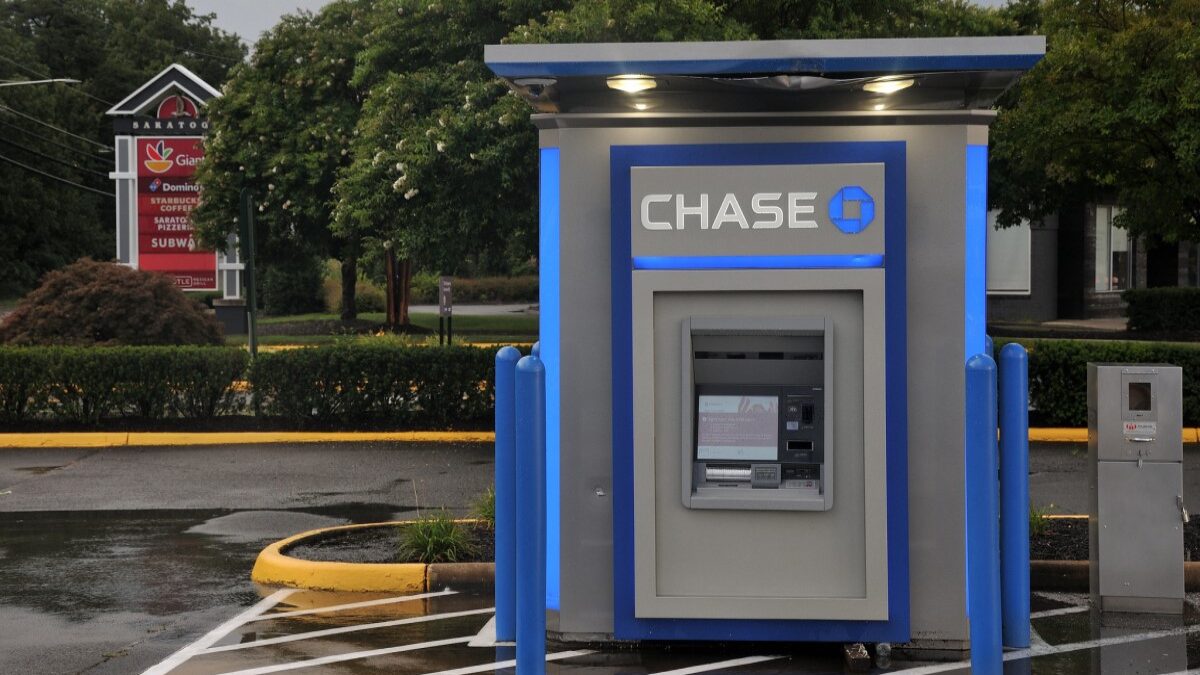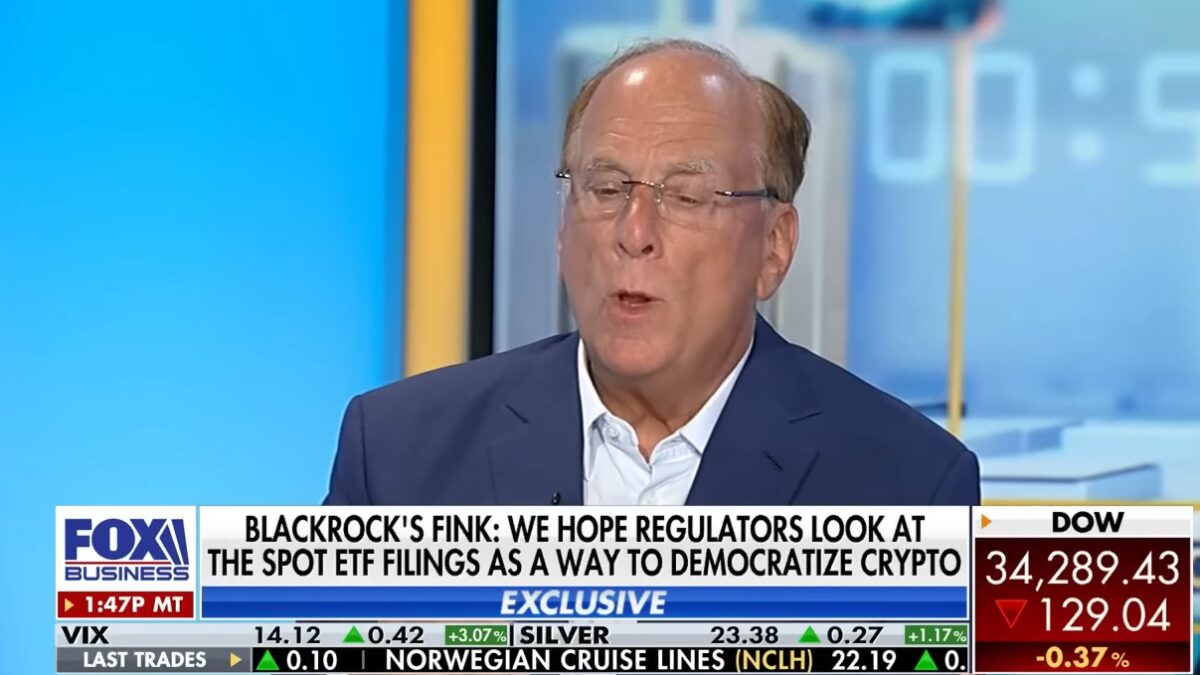
The municipal bond market, known as the quiet backwater for widows, orphans and those in high tax brackets, had a tortuous summer as interest rates rose and investors dumped muni bond mutual funds. All the tripwires for the market seemed to go off at once and investors ran for the exits. Panic or prudence? That really depends on your perspective.
The spectacular Detroit bankruptcy filing, jitters about Puerto Rico debt and the ongoing pension struggles of Illinois kept municipal headlines full of drama. But the real storm cloud over the market was the May comments of Federal Reserve Chairman Ben Bernanke’s that they would begin tapering or slowing the Fed’s bond purchases in September. These bond purchases, known as quantitative easing, had suppressed interest rates and kept the price of bonds high. Bernanke’s May comments signalled the coming end of cheap money which had propped up bond markets. Investors faced a future of uncertain interest rates.
To many the $52 trillion bond market is a mystery and the $3.7 trillion municipal bond submarket is even more mysterious. Although our tax dollars are used to repay municipal bonds little is known about their purpose or structure. Federal tax law exempts interest from municipal bonds from taxation. Almost all interest from munis is also exempt from local and state taxes too. Muni bonds are known as “triple tax free” and the higher the tax bracket the more return they give an investor. Here is an comparison from the fund manager Blackrock of the average municipal bond yield adjusted for tax exemption. For high tax brackets the yield far exceeds what is available for corporate or U.S. Treasury bonds.
Muniland is divided into two types of municipal bonds with differing purposes and legal protections. The first is “general obligation” bonds (GOs) which are issued by states, counties and cities and repaid with tax collections of the issuer. Here is how the overseer of the muni market, the Municipal Securities Rulemaking Board, defines GOs:
General obligation typically refers to a bond issued by a state or local government that is payable from general funds of the issuer, although the precise source and priority of payment for general obligation bonds may vary considerably from issuer to issuer depending on applicable state or local law.
Most general obligation bonds are said to entail the full faith and credit (and in many cases the taxing power) of the issuer, depending on applicable state or local law. General obligation bonds issued by local units of government often are payable from (and in some cases solely from) the issuer’s ad valorem taxes [property taxes], while general obligation bonds issued by states often are payable from appropriations made by the state legislature.
If a community decides that it doesn’t want to make its bond principal or interest payments investors have a menu of legal remedies to force repayment. This includes asking a court to force a community to raise taxes and hand the money over to bondholders. This is extremely rare because municipal issuers rely on continued access to bond markets for funding.
Detroit’s bankruptcy is extremely uncommon in several ways because the emergency manager running the city, Kevyn Orr, has told some general obligation bondholders that he intends to pay them 10 cents on the dollar. If he is successful with this strategy bond markets will be loath to lend to Detroit for decades and will require very high interest rates on any future bonds. Generally in bankruptcy bondholders make a full recovery of their investment although sometimes it’s paid out over a longer period of time than originally scheduled. It’s very unlikely that Detroit GO bondholders will receive just 10 cents on the dollar. But it is a good reminder for investors of the risk of lending to near insolvent issuers.
General obligation issuers, especially the states (except for Illinois and Puerto Rico) are in good shape. States are the biggest ongoing bond issuers in the muni market and big states tend to issue a lot of debt. New York and California issue lots of debt but they also have a lot of high income residents that want to buy it to shelter income from taxes. This gives wealthy residents a tax break and helps keep the borrowing cost of the state down. It’s a win win.
Source: SIFMA
The other important type of municipal bond is a “revenue bond” or a security which is repaid from the revenues of the project. Usually no general tax revenues are pledged to repay revenue bonds. The most common revenue bonds are issued for water and sewer treatment facilities, toll roads or hospitals. Revenue bonds have been 60 to 70% of issuance for years.
The amount of issuance for revenue and general obligation bonds varies from year to year depending on the level of interest rates and economic growth. The last several years have seen a tremendous number of bonds issued to “refund” old bonds that were at higher rates. This is the equivalent of refinancing a mortgage when interest rates dip. As interest rates have risen since May refunding activity has slowed.
SIFMA, the securities dealers trade group, in the list below breaks down municipal issuance into categories. All are revenue bonds except for “education” and “general purpose”. Education bonds are usually GO bonds and repaid by school districts levying property taxes or higher education issuers receiving state support and tuition revenues. The list details for 2012 the purpose of the bonds, the amount issued in $ millions and the number of issues. For example 555 bond issues for $54 billion were done to fund transportation projects across the country.
If you owned individual bonds before the May interest rate spike they continue to pay their coupon at a set rate. On your brokerage statement though the value of the bond will likely show a decrease because bonds go down in value when rates rise. If you intend to hold the bond until it matures you should have no concern. If you want to sell it before maturity you could suffer a loss.
The situation is different when you own a muni bond mutual fund. Muni funds must value the bonds they hold to determine their net asset value (NAV). So when interest rates rise and bond prices go down the NAV of muni funds decline. Smart investors know this and tend to flee muni funds when there is a hint of raising interest rates. When Fed Chairman Bernanke talked of taking away the punch bowl last May you can see investors running out of muni funds. It was this more than anything else that set up a volatile summer for muniland. As fund managers faced redemptions from their mutual funds they had to sell muni bonds to raise cash. This created more pressure on the municipal market and bond prices fell further. The sell-off is just quieting as long term buyers like insurance firms and commercial banks step in to take advantage of usually good yields on muni bonds. Retail buyers of individual bonds have been attracted back into the market also.
It’s been a tough summer in muniland. Issuer fundamentals remain pretty strong but all eyes are focused on the Federal Reserve. The direction of interest rates will set the course for how the municipal market performs in 2014.









